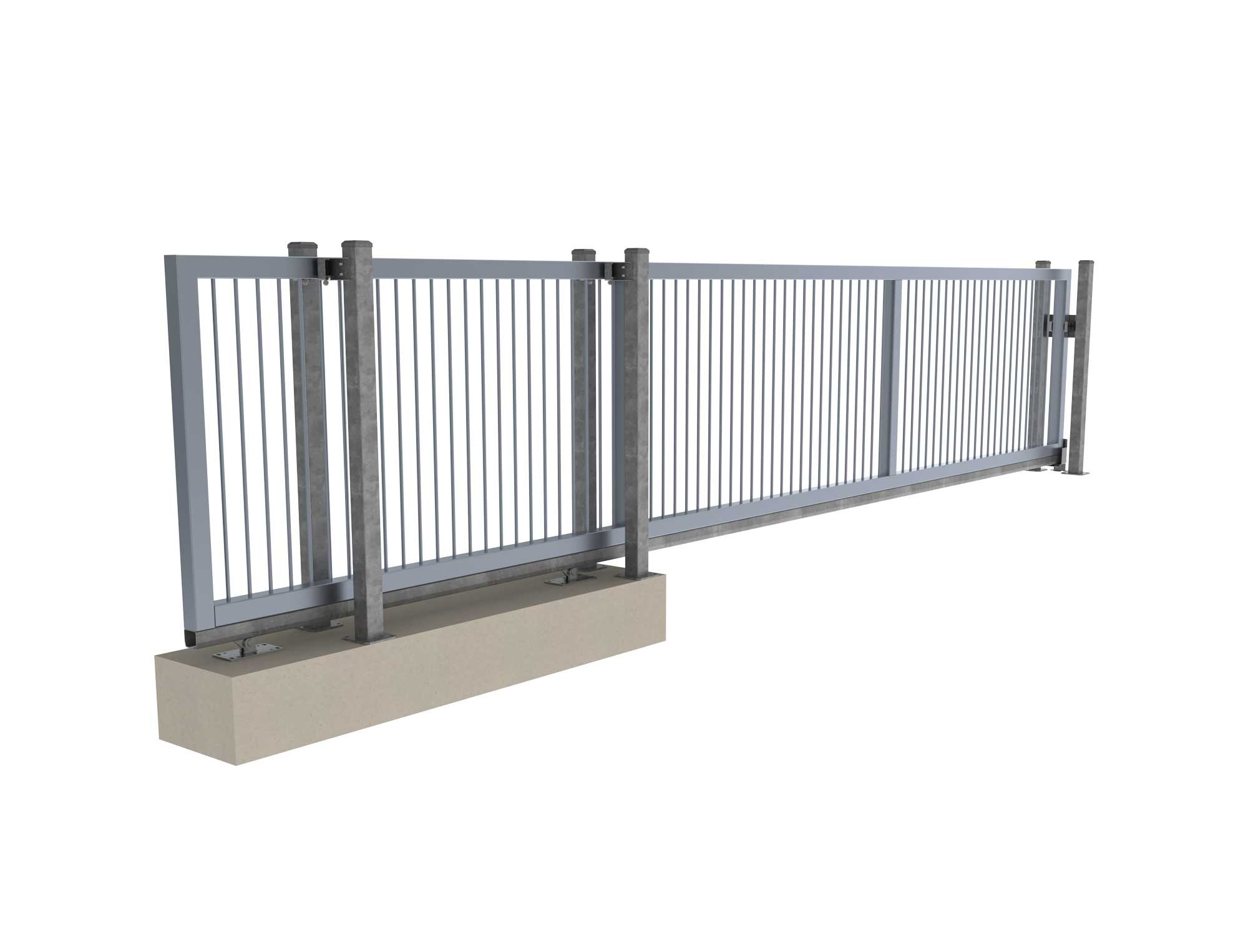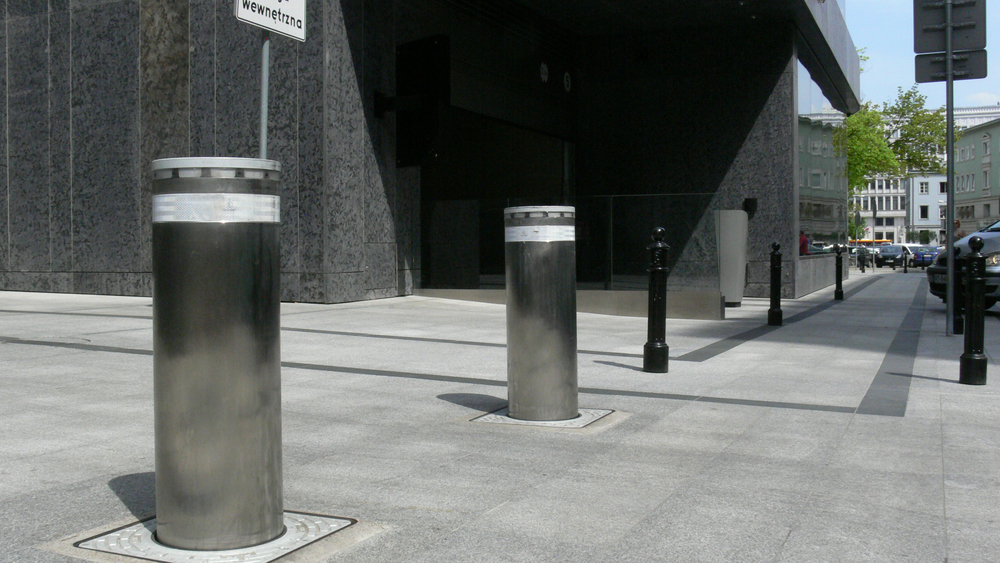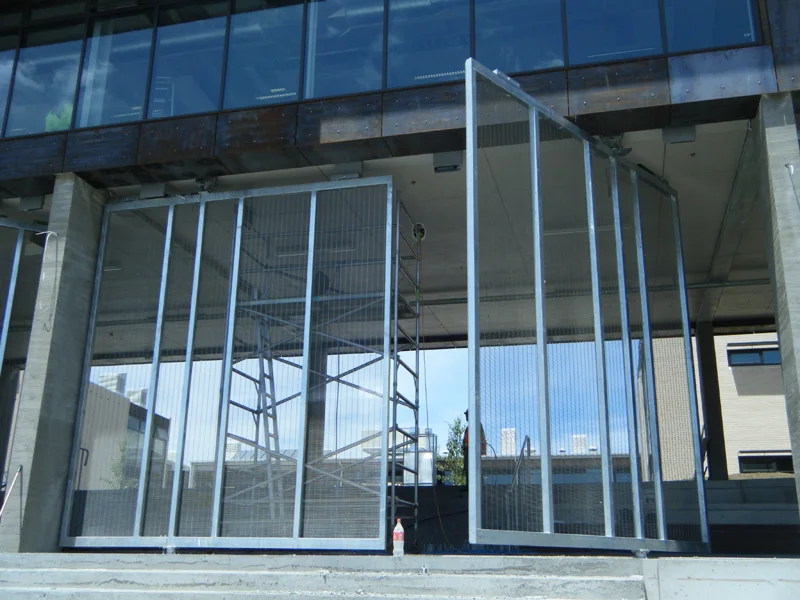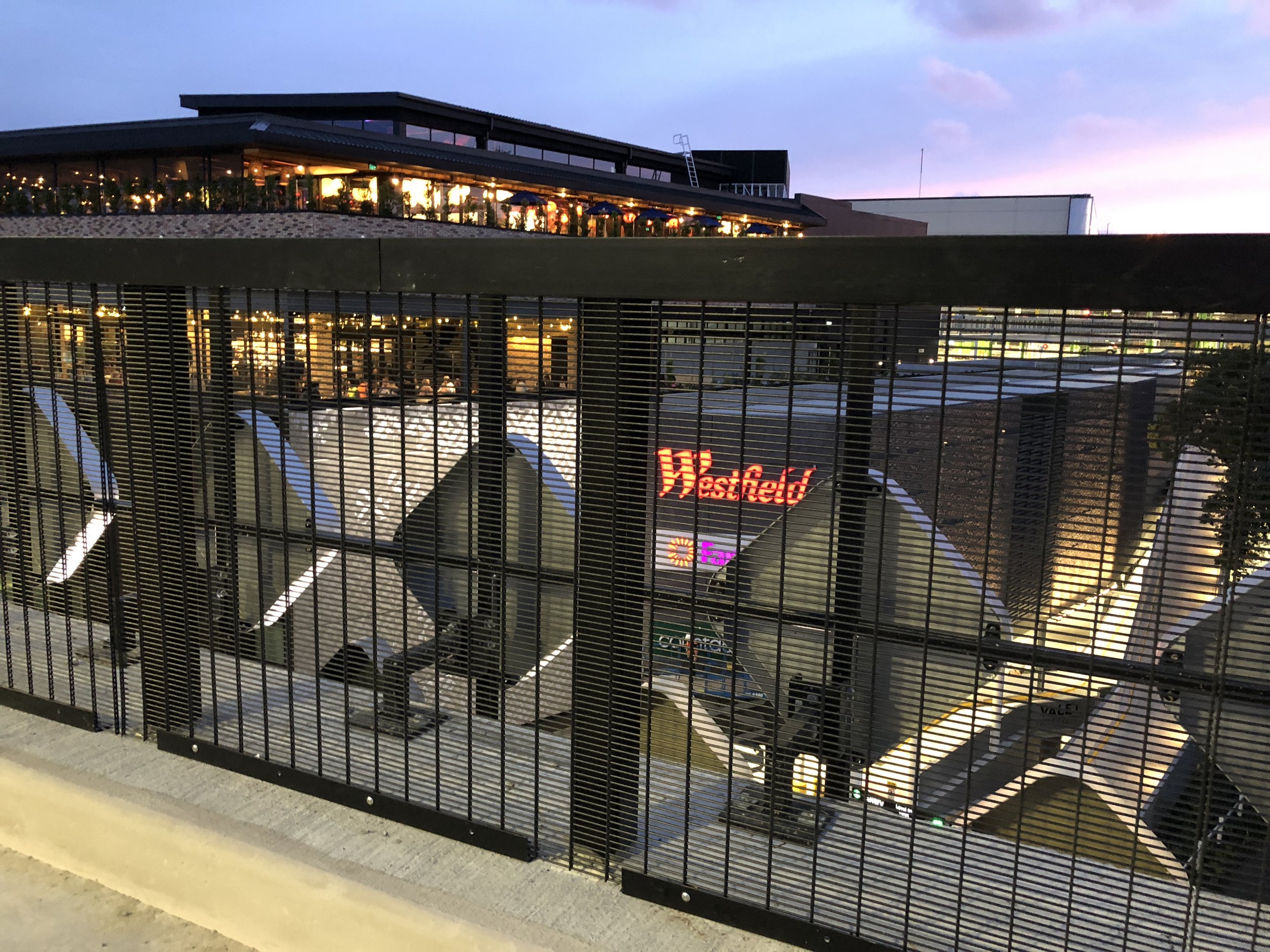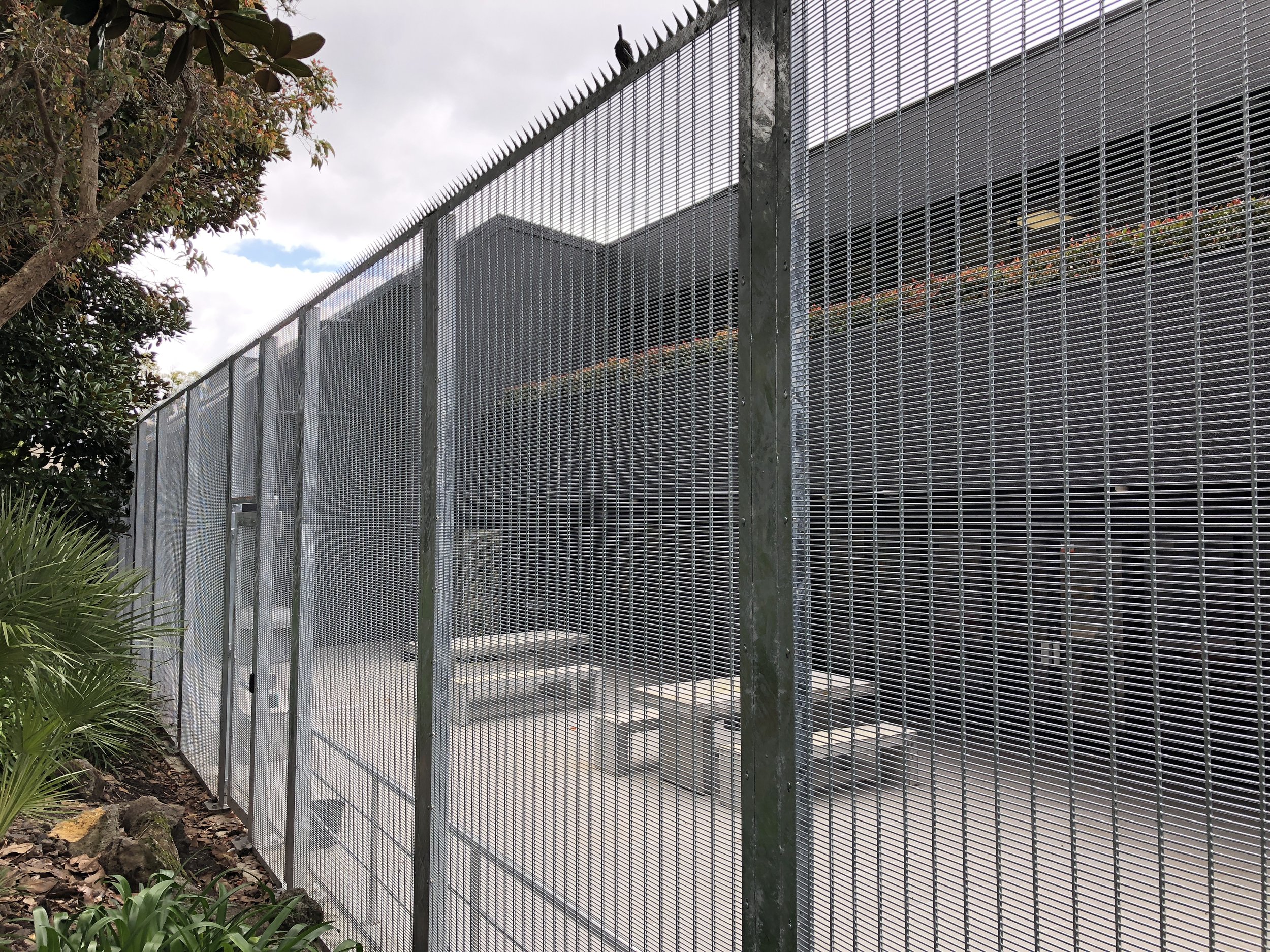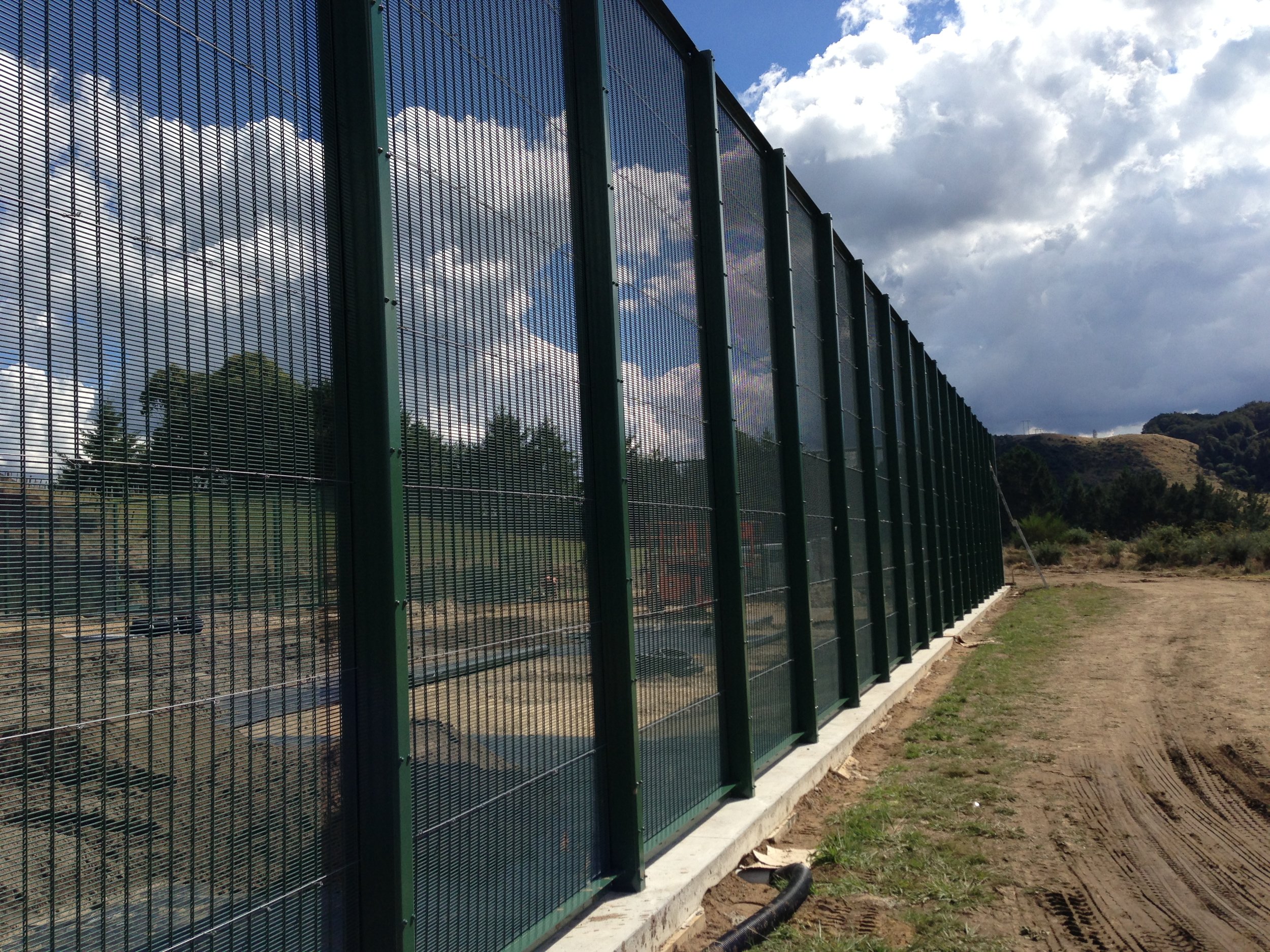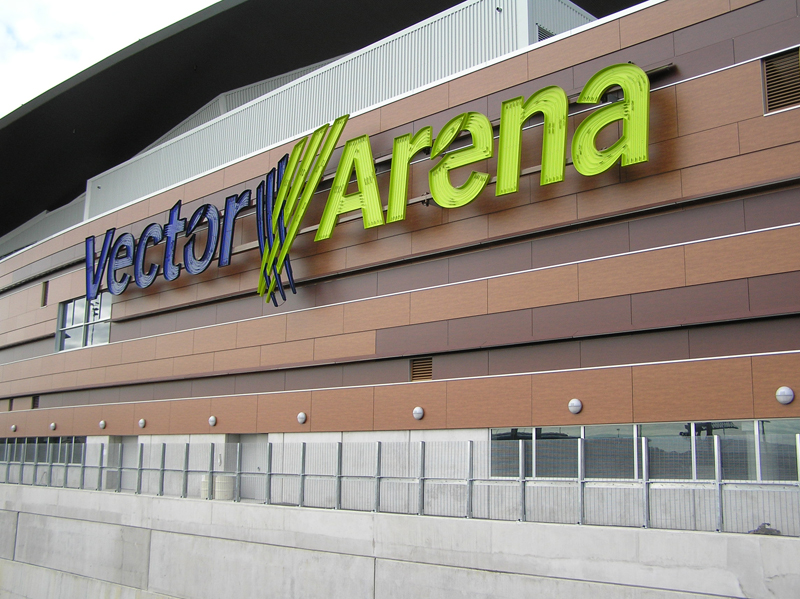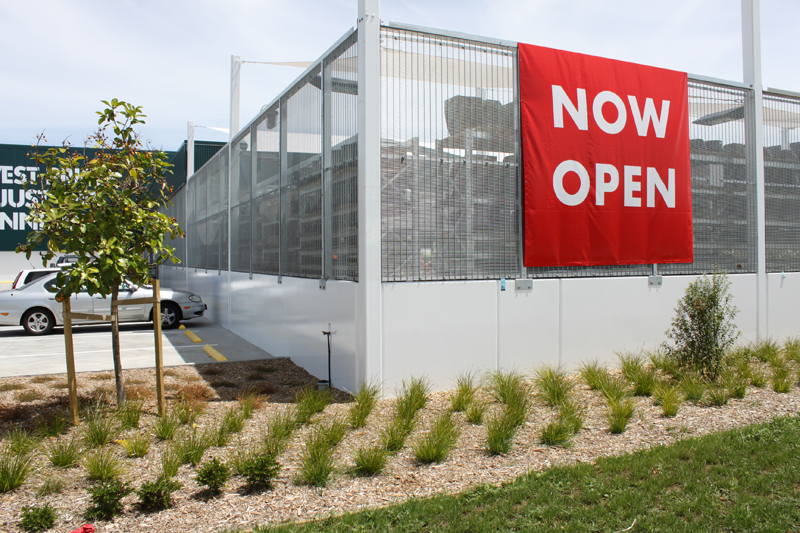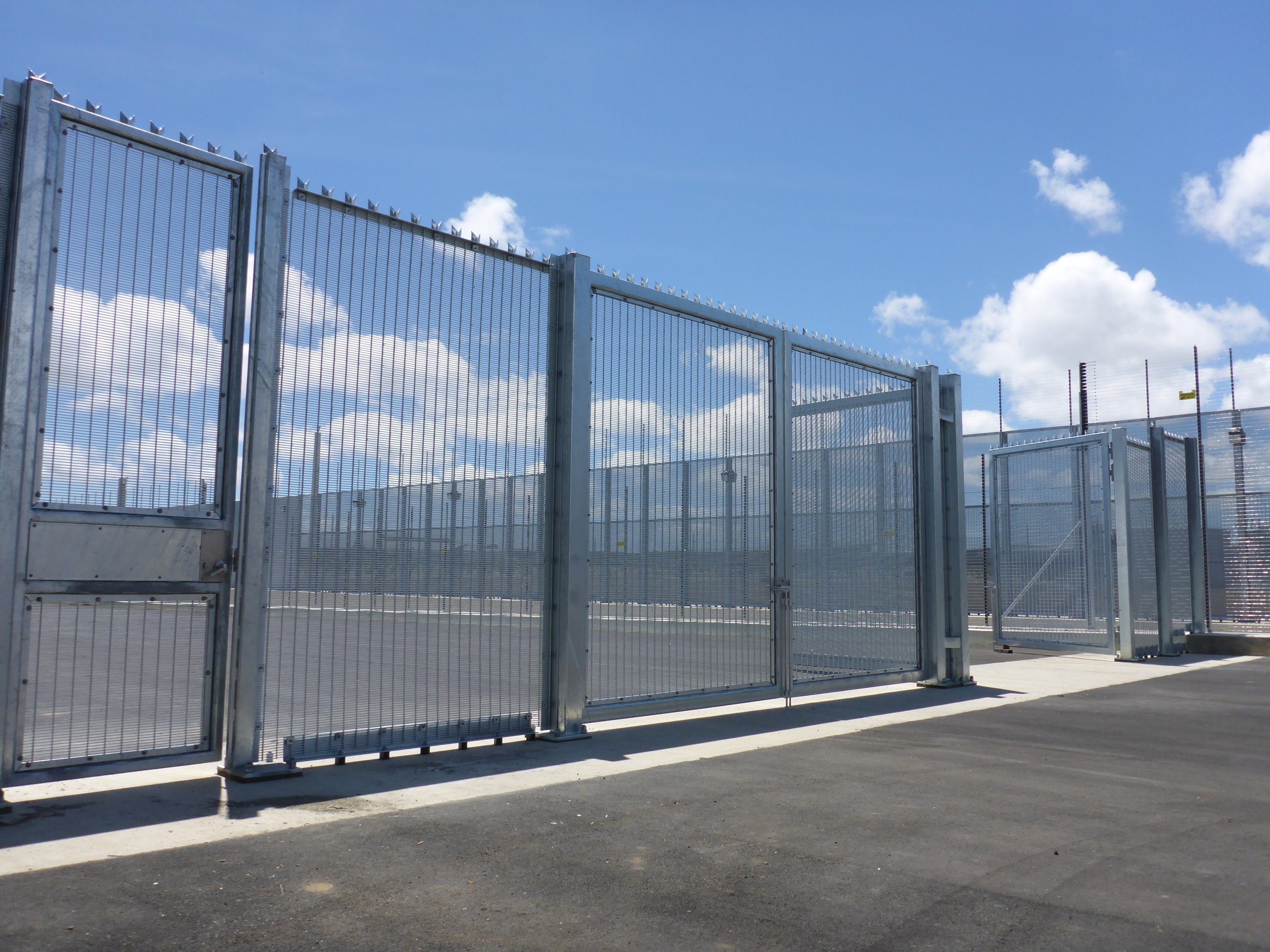Introduction to Data Centres:
Almost everything we do creates data, from browsing the internet over morning coffee, to shopping, exercising and, of course, working. And increasingly the connected devices, appliances, and objects we use – often referred to as the ‘Internet of Things’ (IoT) through to ‘Smart Cities’ that are creating more and more data.
We’re familiar with Kilobytes, Megabytes, and Terabytes. But now there are Petabytes, Exabytes, Zettabytes and there is even a Yottabyte! Most of this data is stored, processed, and analysed in the ‘Cloud’ which, effectively, means a ‘Data Centre’, and the tech titans are investing in hyperscale facilities to meet the needs of a digital future.
The Risk
Data centres have become an important part of a nation’s critical infrastructure, and any disruption to them can have severe consequences. Unfortunately, their critical role and the value of the data they hold also makes them a target for attacks, both cyber and physical.
With data itself now recognised as one of the world’s most valuable commodities, cyber criminals are investing in more sophisticated efforts to get their hands on sensitive information.
While much attention has been paid to cyber security, data centre organisations are now turning to the physical protection of their facilities. Having vast volumes of information stored in a concentrated area exposes new risks, such as targeted malicious attacks that damage and interrupt operations causing significant disruption to a business or society. This makes Data Centres an attractive target for criminals, terrorists, or activists.
Moreover, a breach can severely damage reputation, competitive advantage and even put the owner at risk of regulatory compliance breaches.
Securing the Perimeter:
The physical security of a data centre begins at the perimeter and for many of these facilities entry is carefully controlled and monitored.
Crash-rated and anti-climb fencing are often critical to their physical security standards.
A secure perimeter is best integrated with electronic security such as CCTV and access control that offers layered protection against the potential threat of forced entry and hostile vehicles.
What Hampden can do
Whether it’s to meet local requirement or a certified international standard, Hampden provide effective and robust security solutions. New Zealand’s high security and perimeter protection specialist that consults, designs, fabricates and installs world class high-quality security systems.
Hampden has a large range of high security products, including fence and gate packages to turnstiles and premium HVM equipment that offers certified impact protection and certainty of performance.
Hampden can also offer internal security caging solutions that are custom designed and built to provide a high-level security environment for computer rooms, server rooms and colocation data centres.
In addition to the Perimeter Security, we collaborate with our partners to offer a complete security solution including the Electronic Security elements such as, automation, access control, security management systems, flood lighting and CCTV.
Hampden follow best practices and provide guidance on the 5x Ds of perimeter security (deter, detect, deny, delay, and defend) to ensure the best physical security system is achieved and avoid costly physical intrusions.
Balance a resilient and imposing perimeter in order to deter potential threats while maintaining the wider environment’s aesthetic and enhancing sense of security.
It goes beyond just providing the fencing, the Hampden team pride themselves in being a trusted advisor who can partner with you to ensure every part of the perimeter security is fully integrated and will perform as intended.
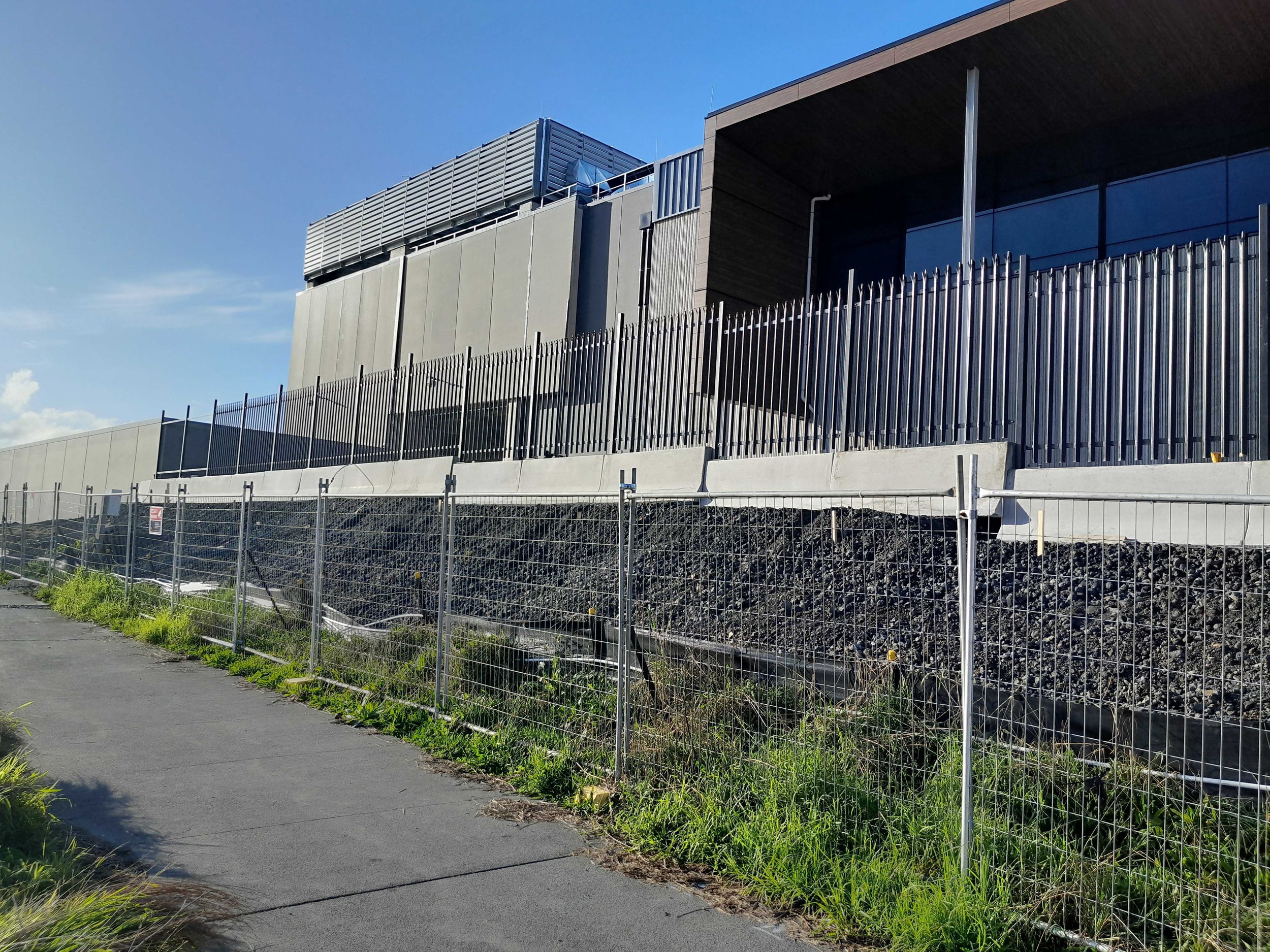
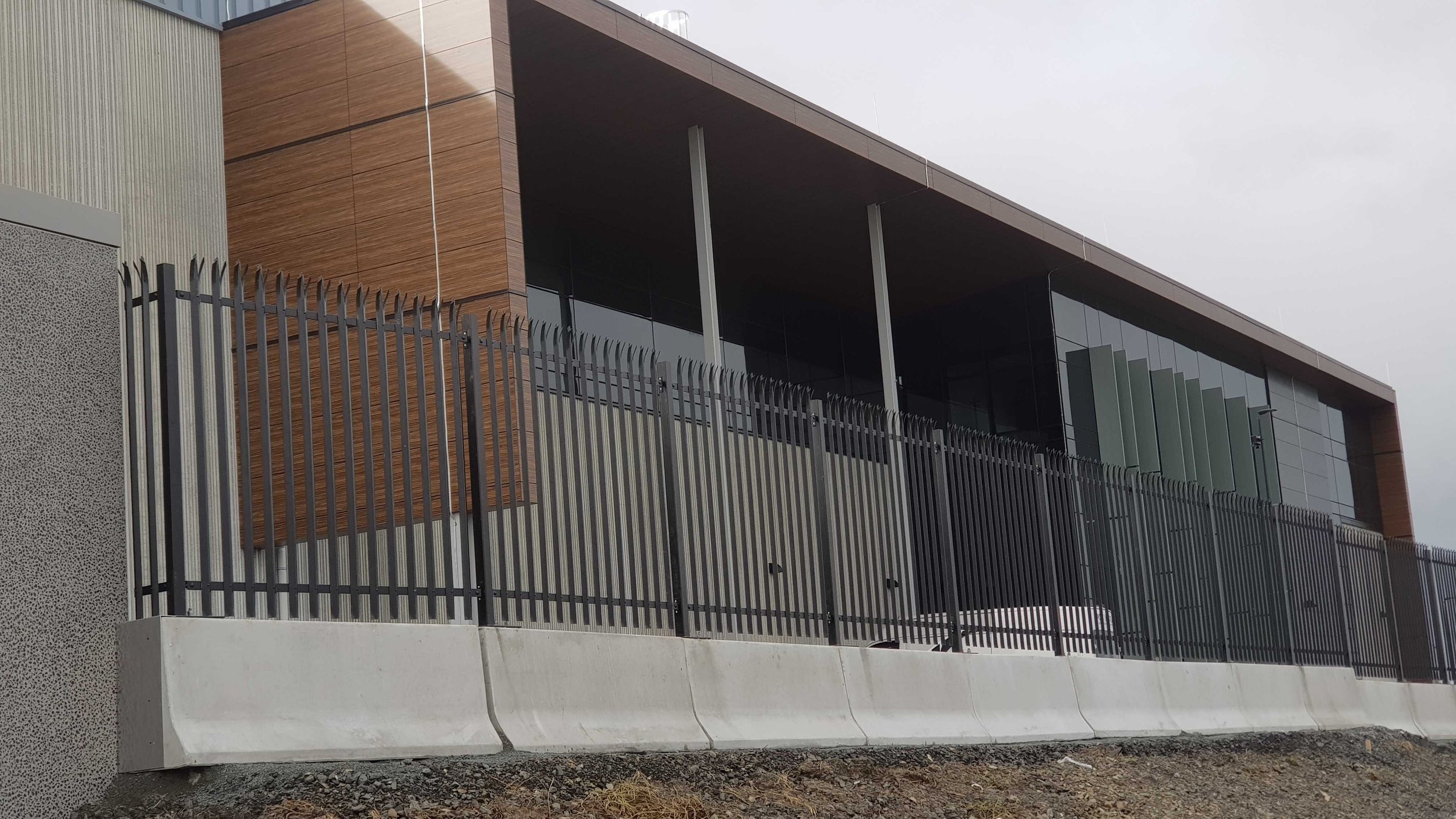
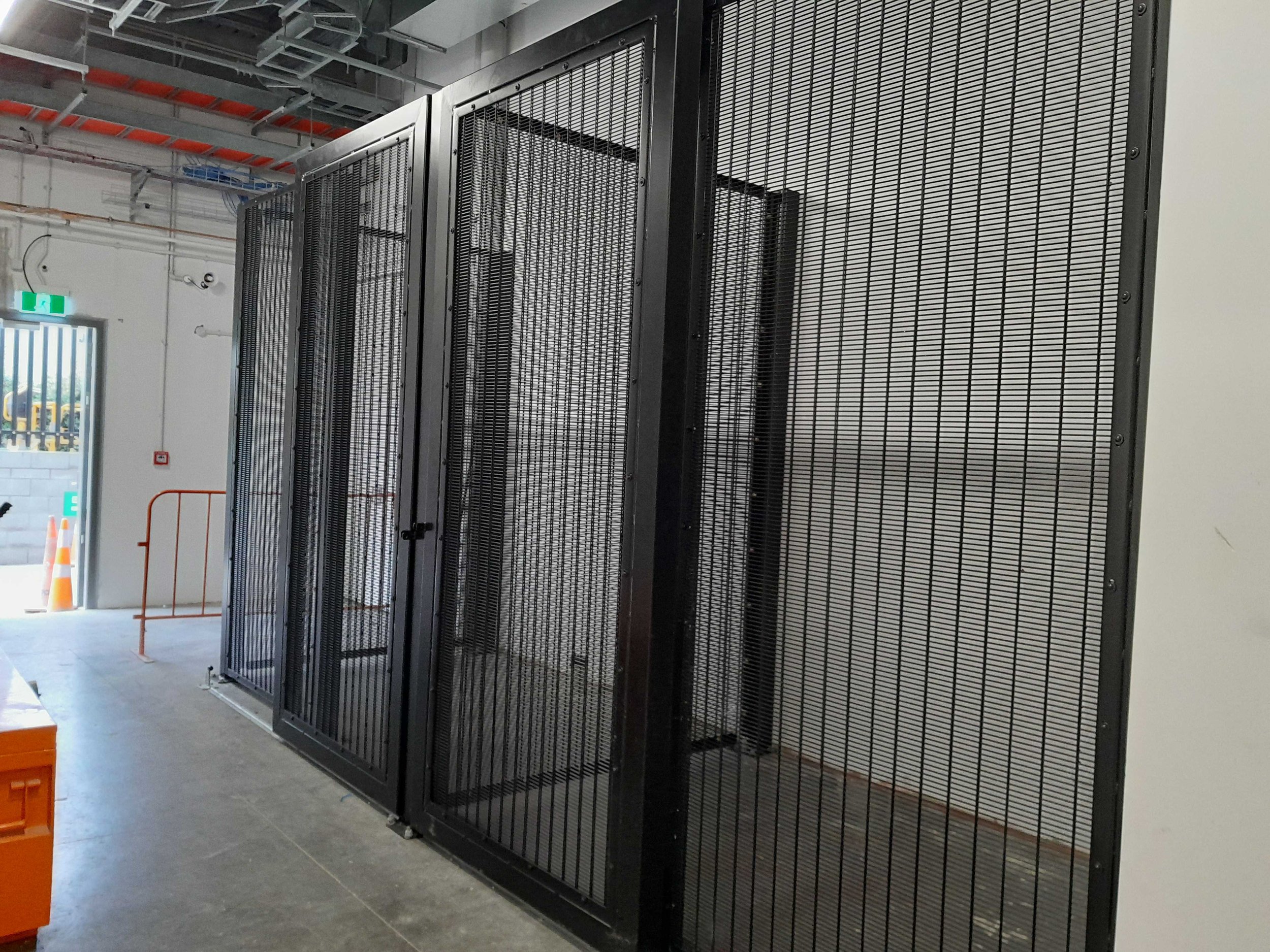
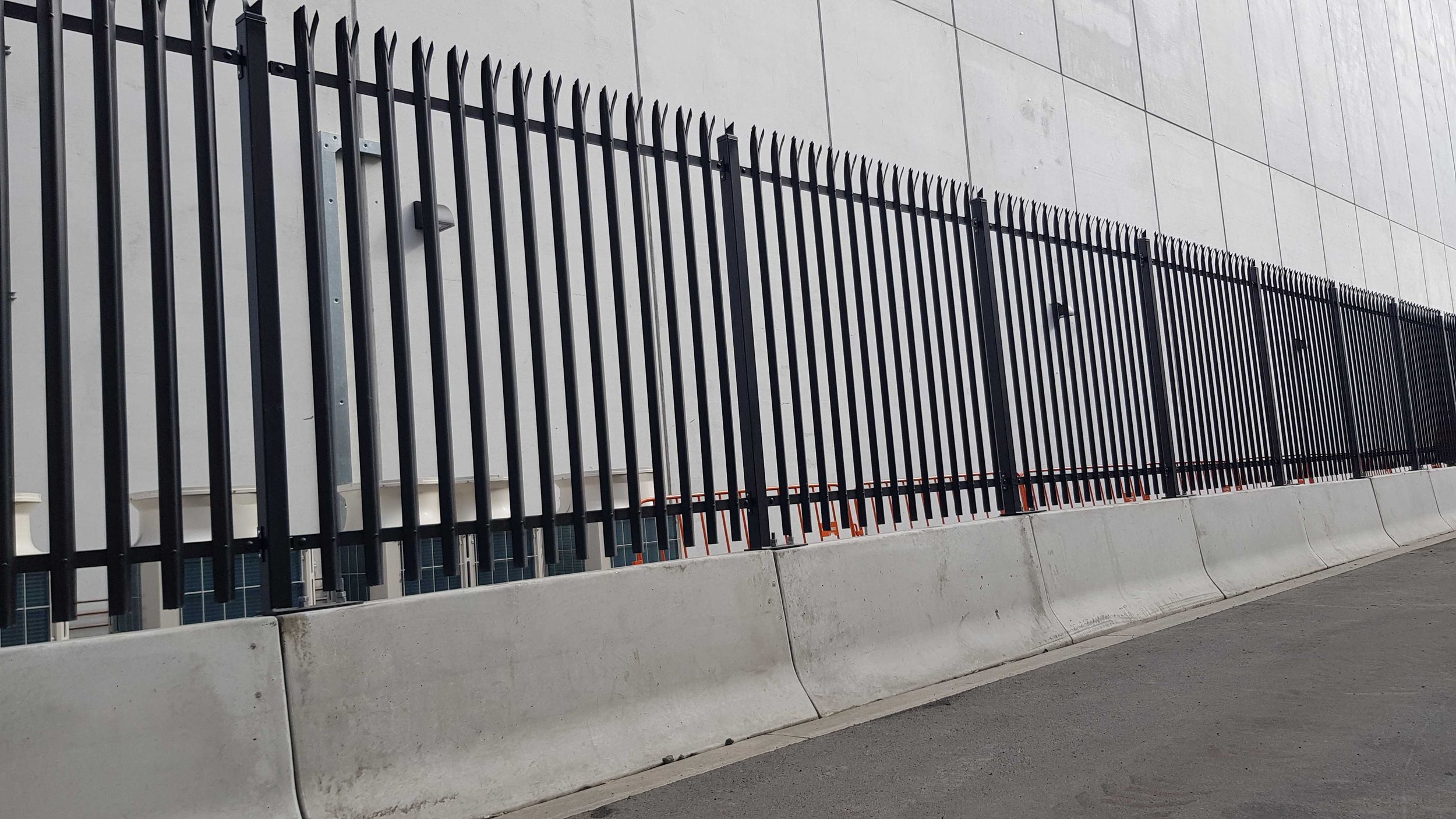
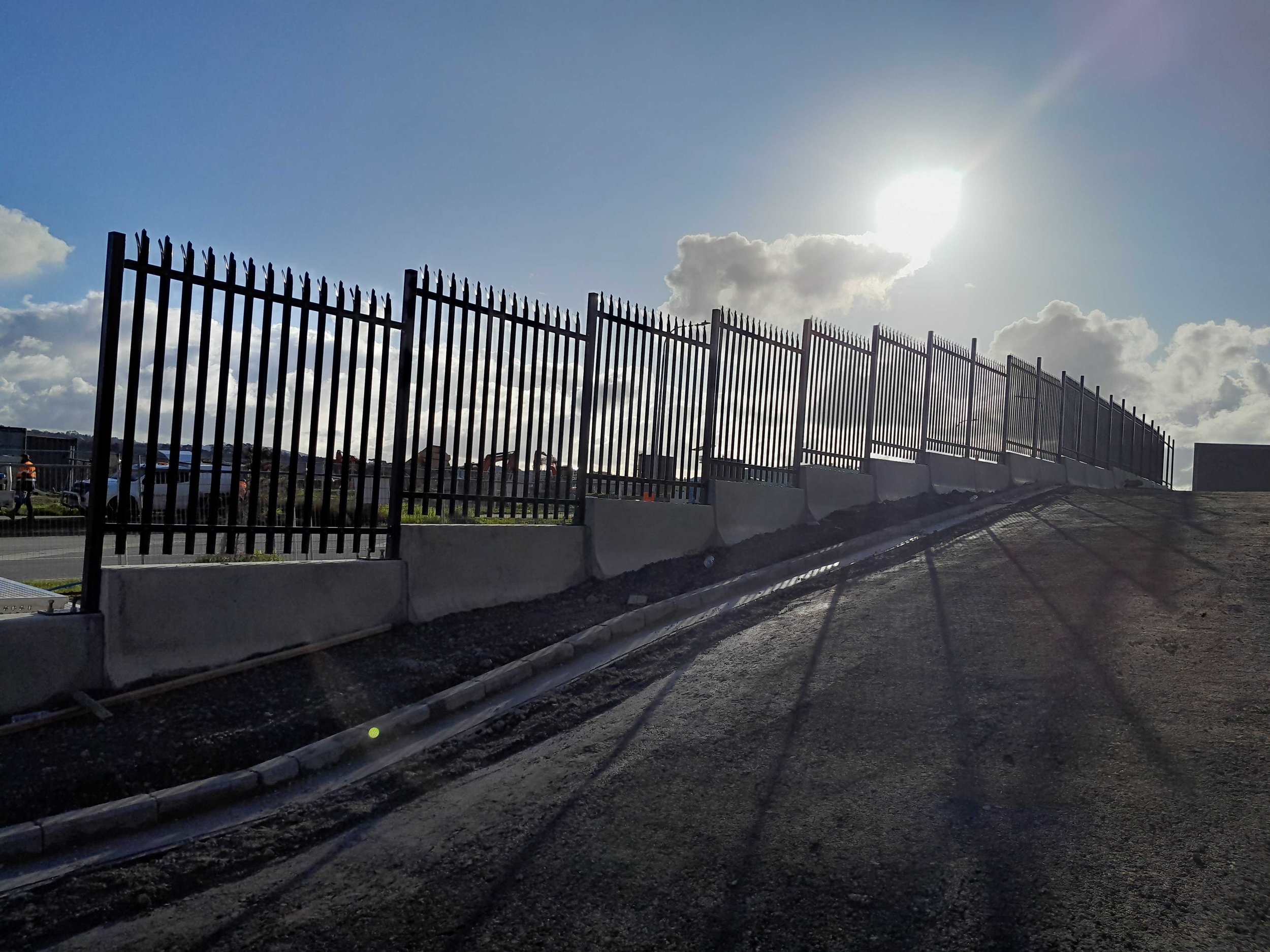


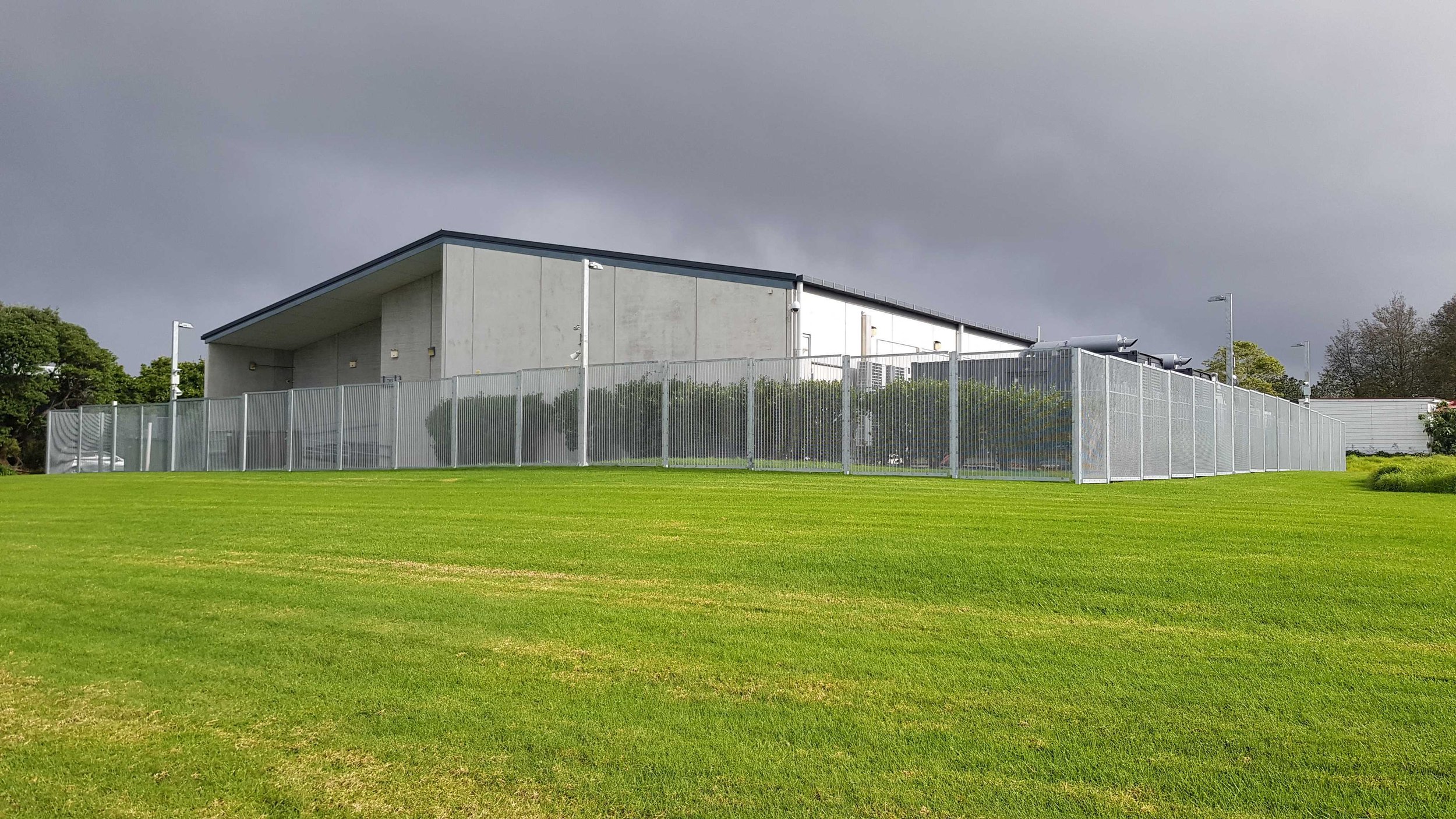
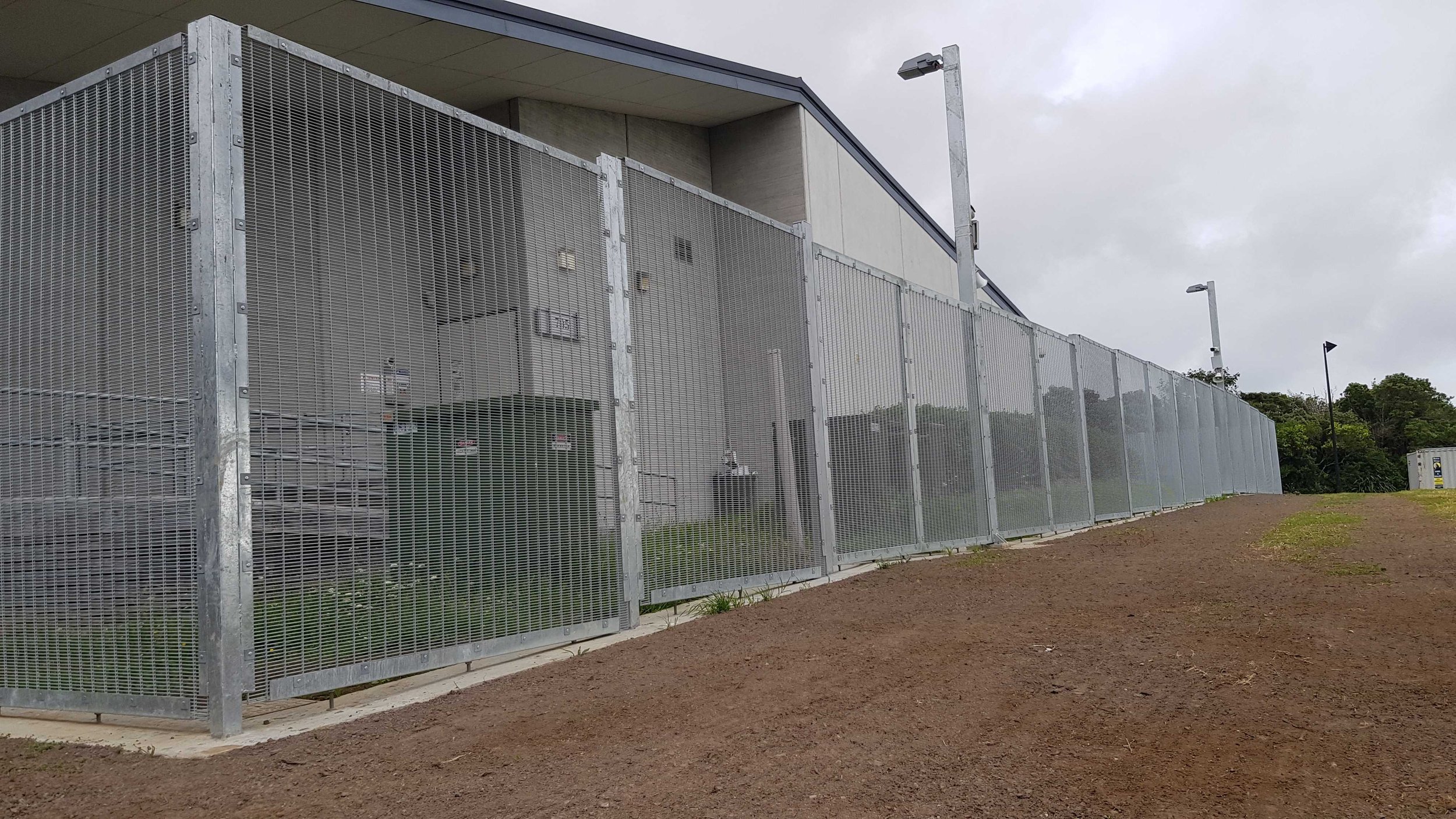
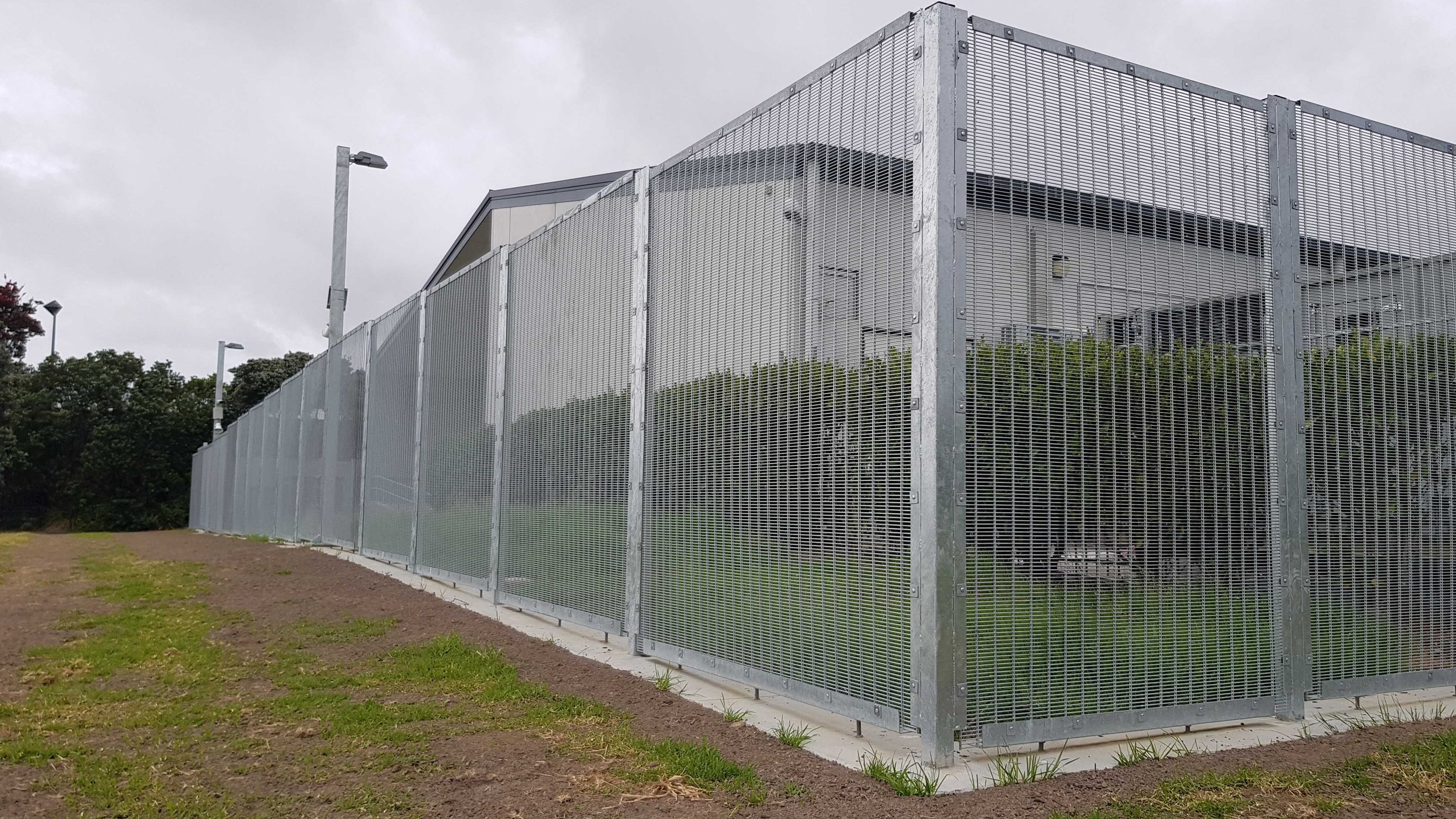
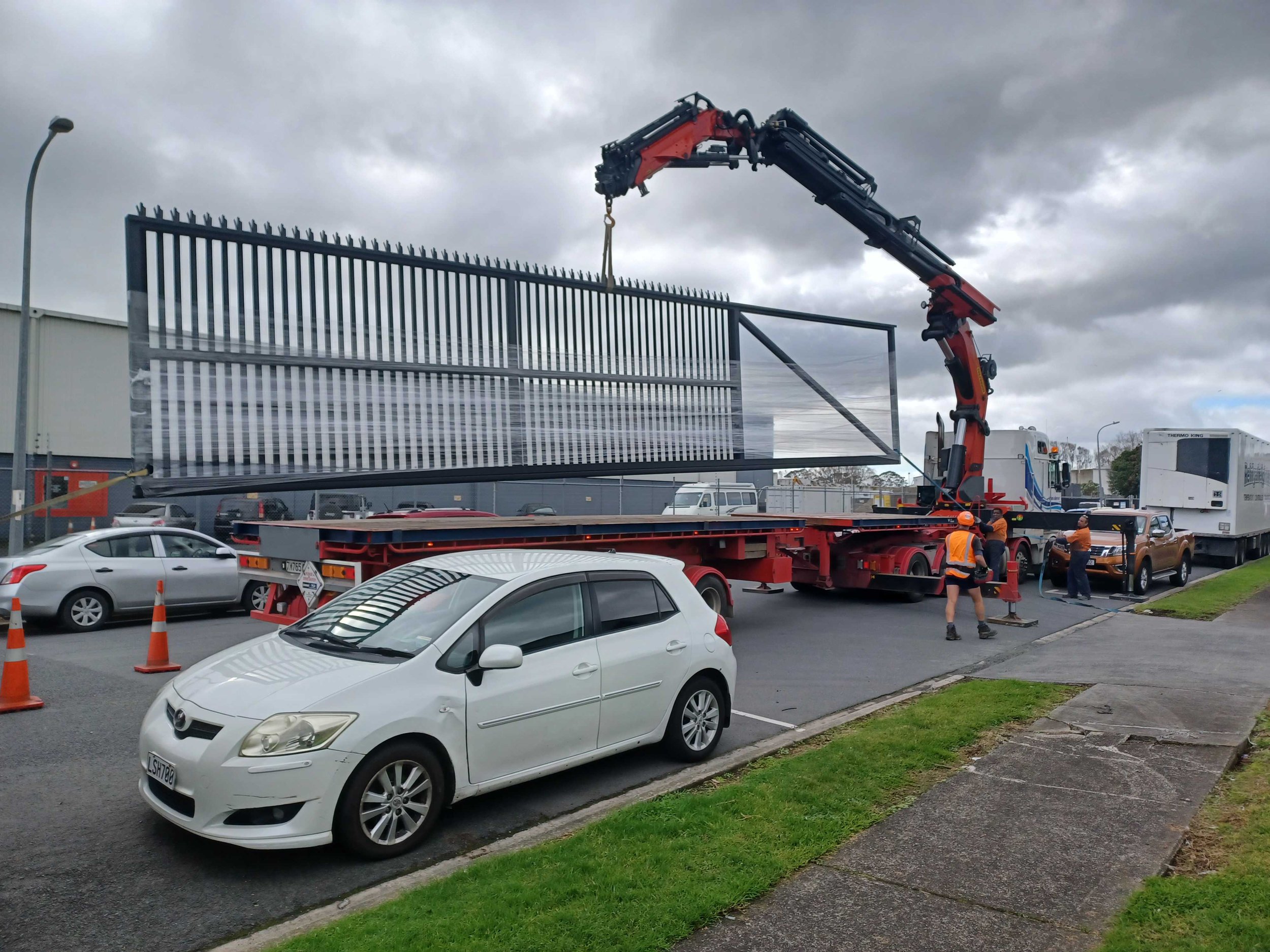
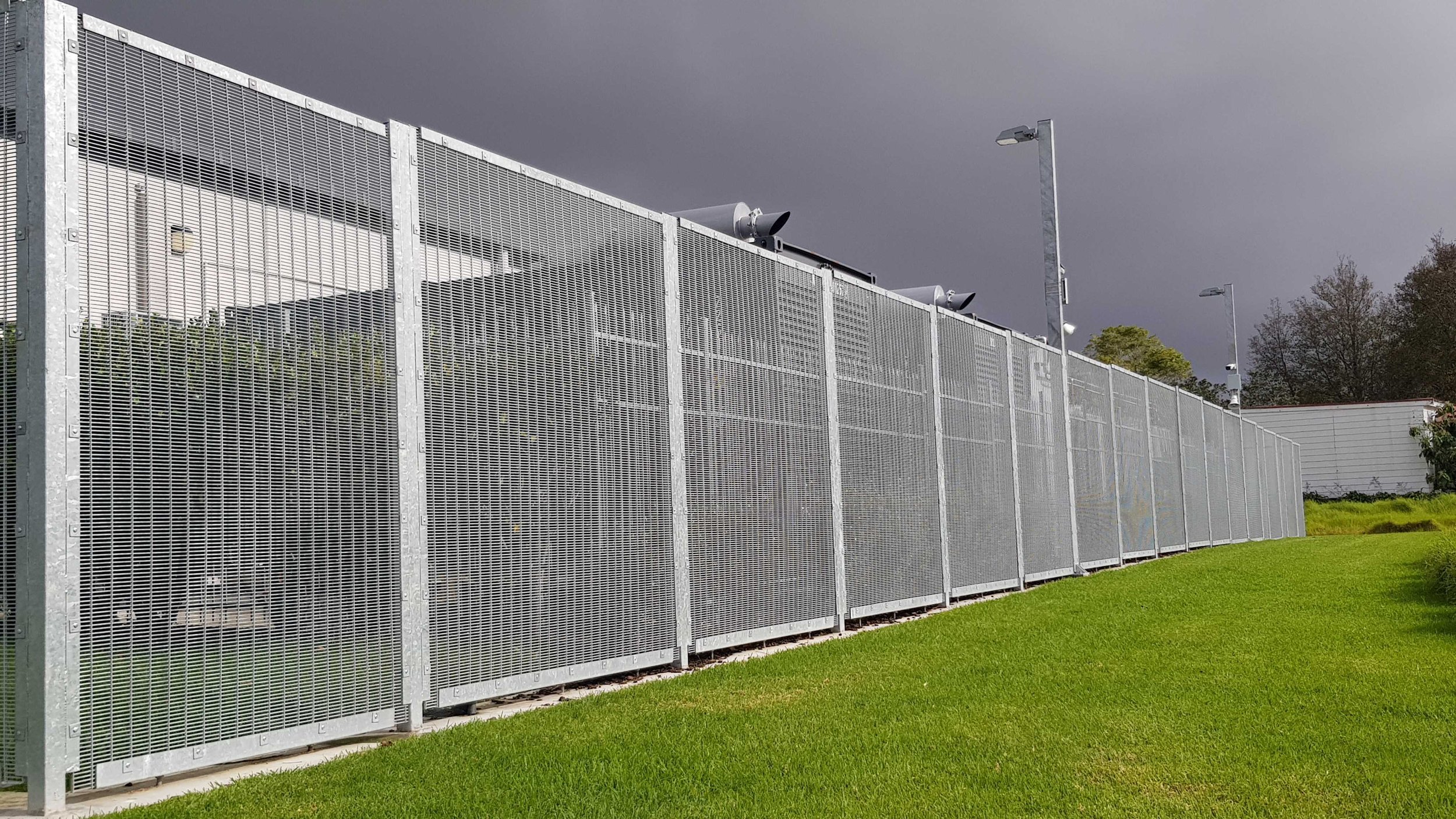
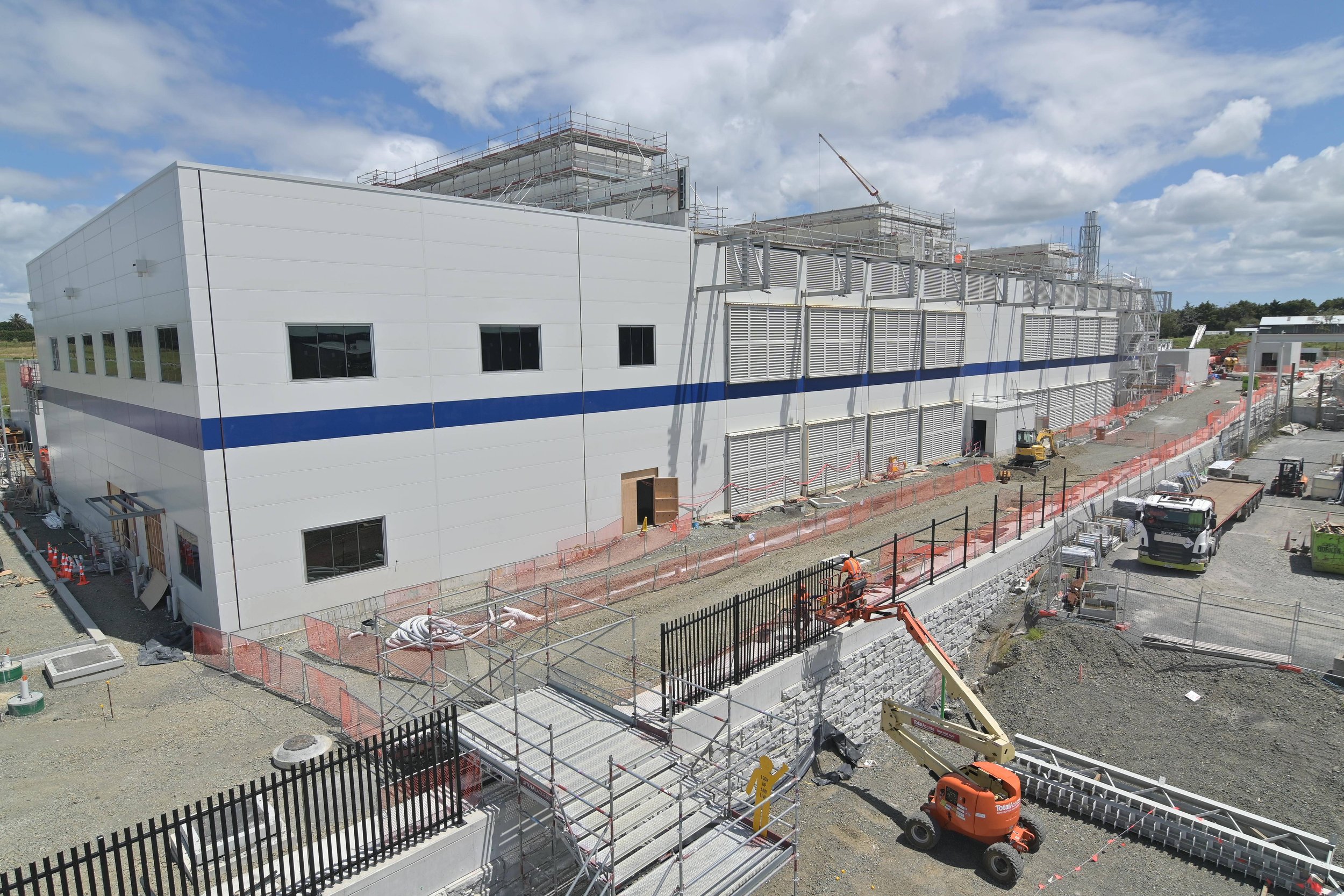
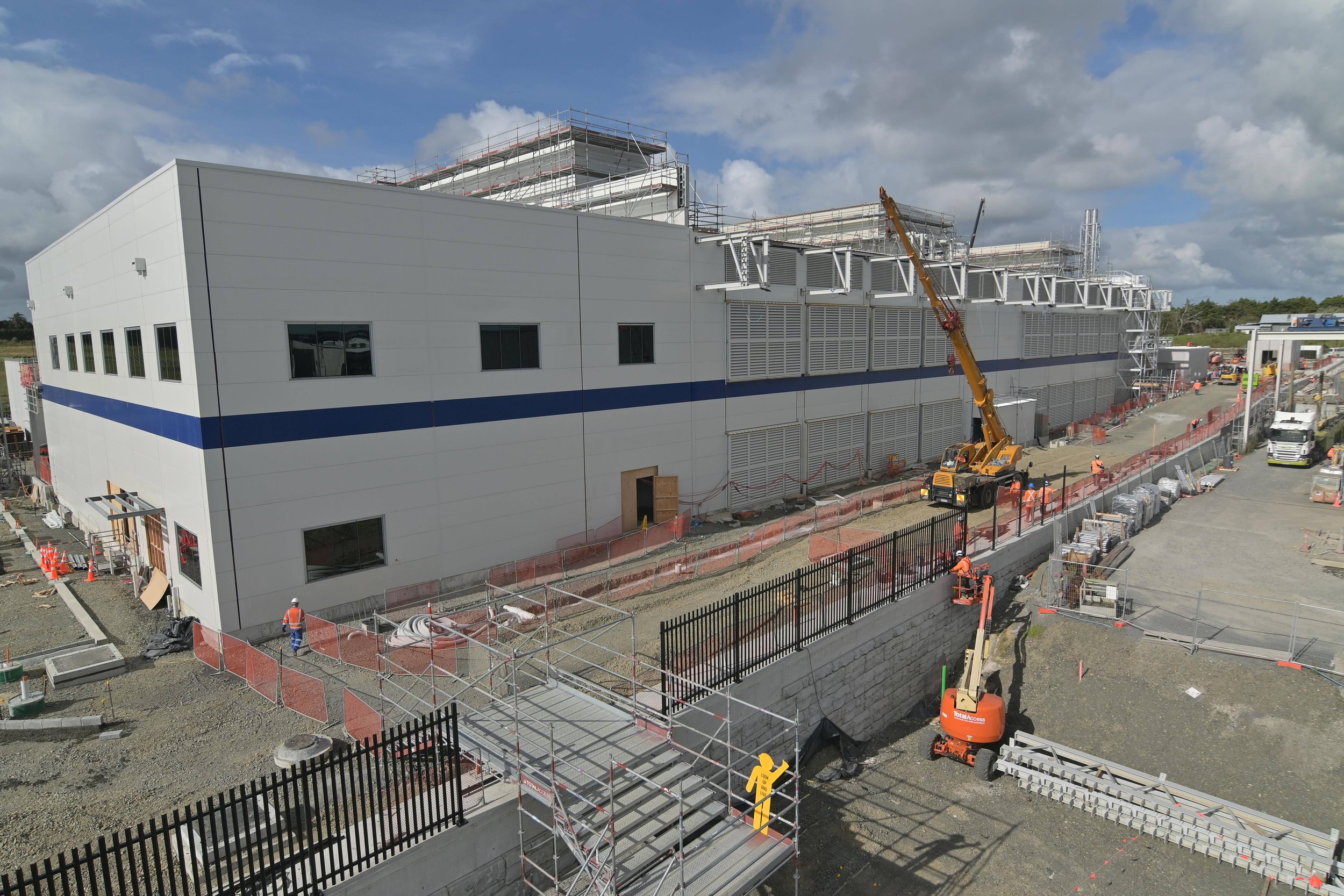
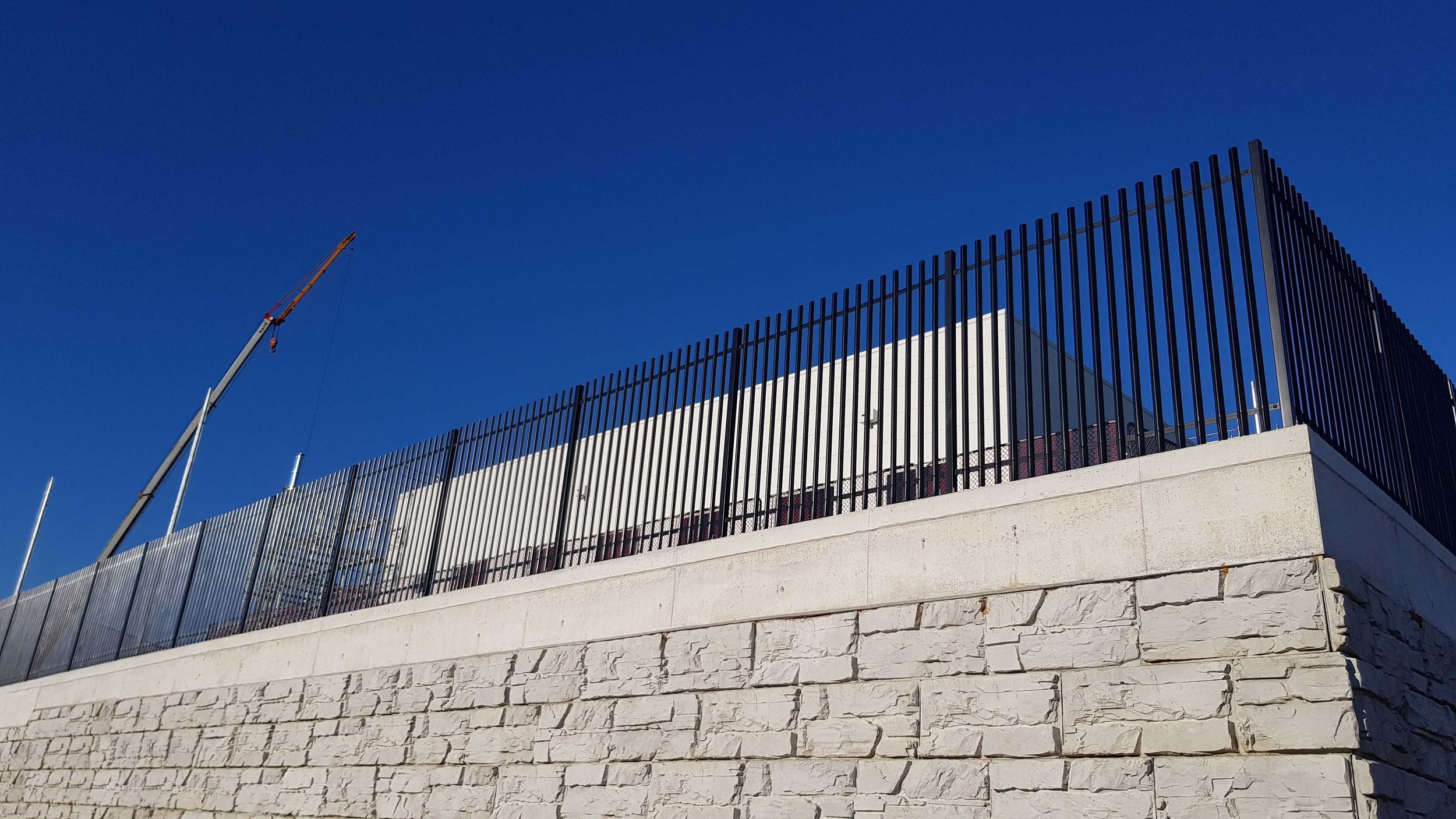
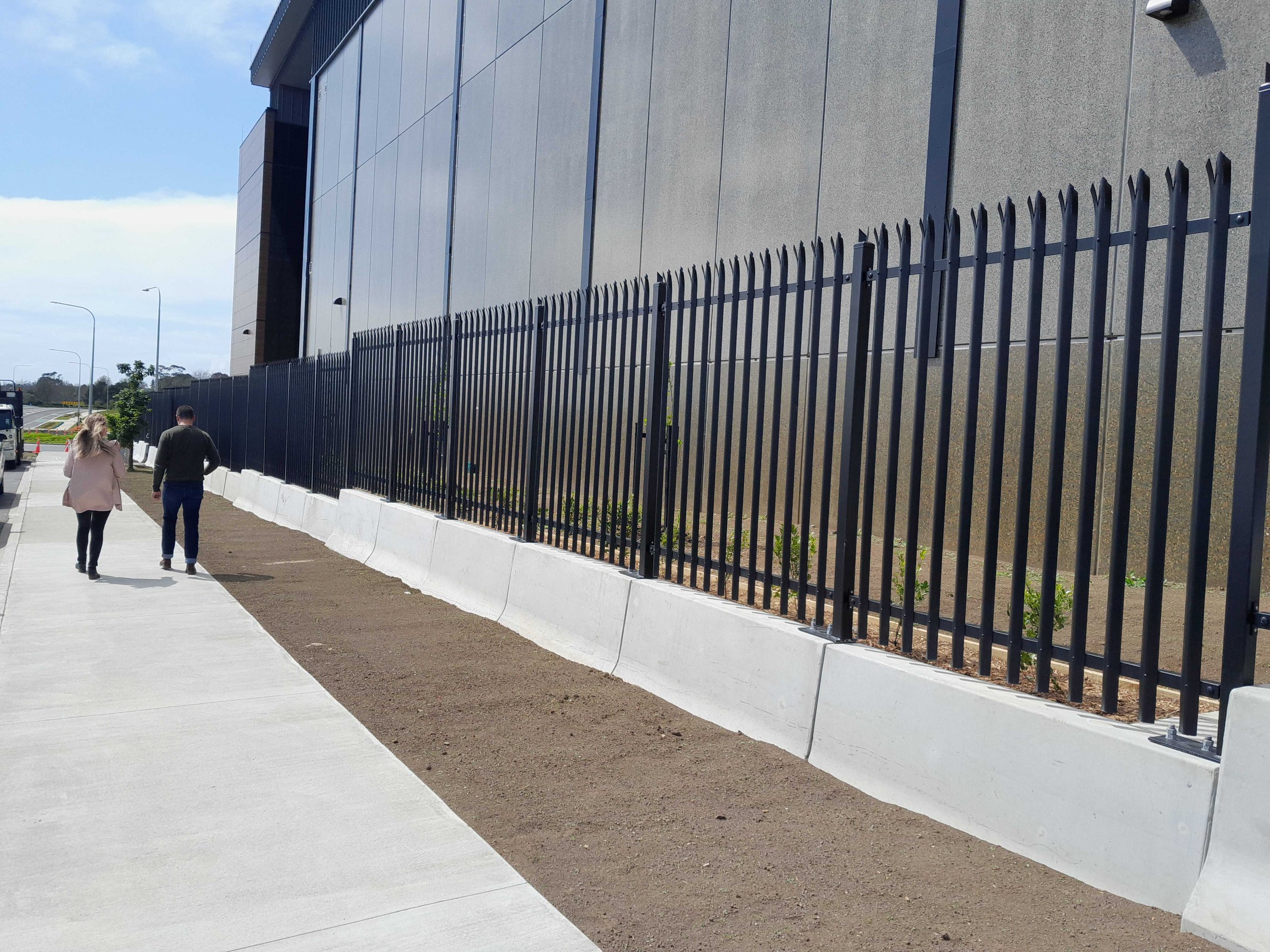
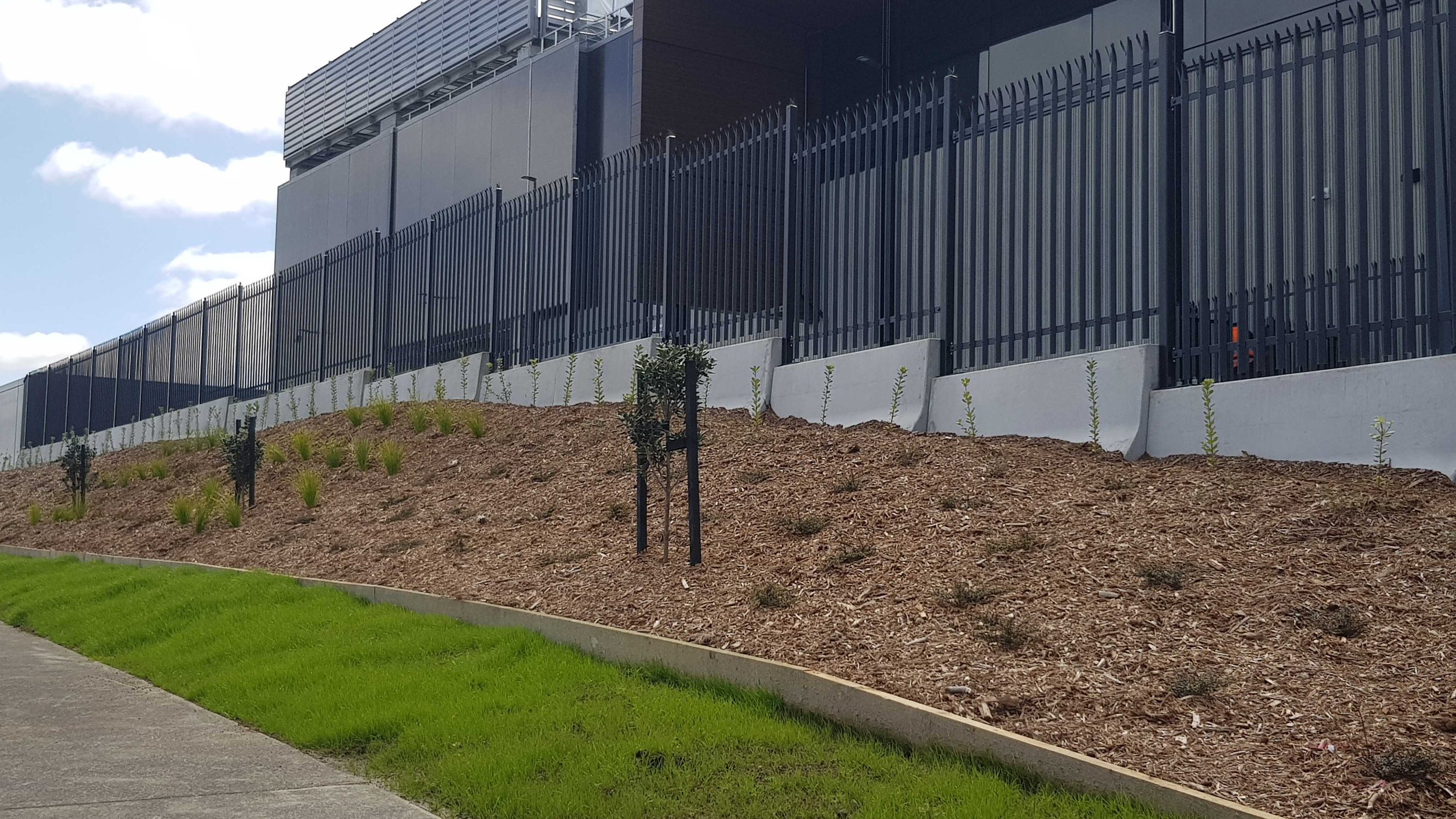
Talk to a Security Consultant today
Regardless of your site, Hampden can custom-design a solution to meet your needs. As importantly, we have 50 years of experience in perimeter security and have the in-house expertise to design, manufacture and install the right system for you to give you perimeter peace-of-mind. To find out more, talk to us today.
Reference:
Internet of Things (IoT) is a rapidly growing network of connected objects that can collect and exchange data in real-time.
Smart Cities optimises city functions and promote economic growth while also improving the quality of life for citizens by using smart technologies and data analysis. The value lies in how this technology is used rather than simply how much technology is available
Contact our Data Centre Sector Experts Today

































